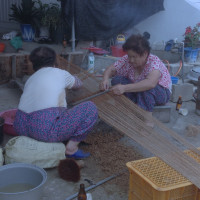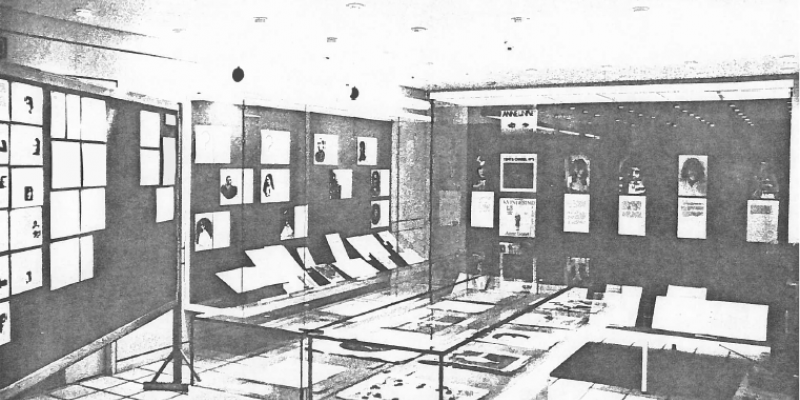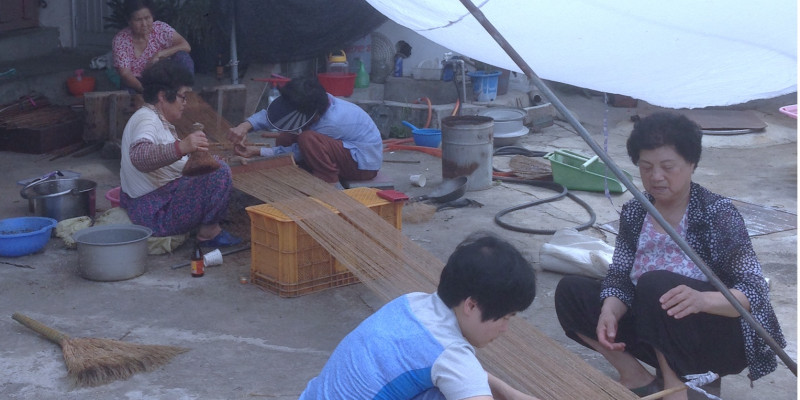
Intervals
The audio paper Intervals invites listeners to dwell into the story of women working and weaving hemp burial garment sambe in South Korea. The myth in sambe that is orally conveyed until now-time – like the author’s grandmother believed – is regarded that if you have the burial garment sambe when you are alive, you have a long life and die in peace.

The author asked Sunhee, one of the women producing sambe, what it means to have and wear sambe and why it is important for them. Sunhee said:
»We come to the earth, we are born into this world.
We will, one day, go back to where we come from which we call it death.
When we die, we should not leave anything behind,
our body has to completely decompose.
This burial garment, the grave cloth sambe is made out of organic hemp plants and natural materials, without containing any kind of chemicals.
So this grave cloth is like wearing nature,
it is to go back to nature, to the ground, to the soil, leaving nothing behind.
And then we make a complete return to where we come from.«

The transcendental myth, the spiritual technology of sambe production are deeply rooted in a humble way of being in the present, the earth, and time as the women weavers are. The women’s devoted working process of sambe is not well acknowledged in the modern world, neither is it treated with respect. Nowadays, many Chinese products are replacing sambe (Sung-Hwang 2006; Ah-young 2015).The capitalistic realm of fast pace manufacturing and with its mass commodity has threatened the sambe weavers, thus the culture and story of sambe are slowly dying out.

The author, who is a sound artist working from home as sambe weavers do, also explores the notion of labor – the infinite time of sitting with the loom for weaving sambe and time listening and editing the archive materials of the women weaving sambe – is also monetary time and labor of the home. The author says that her grandmother’s dream and longing, the female weavers’ voices telling stories of their life as sambe weavers are a continual flux of animate force that germinates and evokes epistemological question; the meaning of the present and the presence of being within the concept of the interval; between life and death. The affects as potential performative actions, the author invites the audience to activate or restore the meaning of listening, and advocates to think through and with sound. (O’Callaghan 2007) By listening to the sounds of weavers through her headphones, she dissolves the mixture of affections such as longing, missing, tenderness into the meaning of sound and working with sound. (Labelle 2014)
Yujin Jung's work »Intervals« is originally an immersive 6-channel sound-video installation in which the theoretical and poetic aspects of sound are interwoven within the soundscape of women making hemp burial garment sambe in South Korea.





